Collared Dove
Scientific Name: Streptopelia decaoctoMaltese Name: Gamiema tal-Kullar
Family: Columbidae (Doves)
Occurence: Common
Breeds in Malta: Regular Breeder, Spreading
Overview:
The Collared Dove is a medium sized dove, slightly larger than the related Turtle Dove. It is grey-buff to pinkish-grey overall, a little darker above than below, with a blue-grey underwing patch. The tail feathers are grey-buff above, and dark grey tipped white below; the outer tail feathers also tipped whitish above. It has a black half-collar edged with white on its nape from which it gets its name. The short legs are red and the bill is black. The iris is red, but from a distance the eyes appear to be black. The eye is surrounded by a small area of bare skin, which is either white or yellow.
The Collared Dove is not migratory, but is strongly dispersive. Over the last century, it has been one of the great colonisers of the bird world. Its original range at the end of the 19th century was warm temperate and subtropical Asia from Turkey east to southern China and south through India to Sri Lanka. However, in the 20th century it expanded across Europe, with it now being a common breeding bird in most european and north african countries.
Collared Doves typically breed close to human habitation wherever food resources are abundant and there are trees for nesting; almost all nests are within a kilometre of inhabited buildings. It lays two white eggs in a stick nest, which are incubated by the female during the night and by the male during the day. The males mating display is a ritual flight, which as many other pigeons, consists of a rapid, nearly vertical climb to height, followed by a long glide downward in a circle, with the wings held below the body in an inverted 'v'. It is not wary and often feeds very close to human habitation, including visiting bird tables. The song is a coo-COO-coo, repeated many times. It is phonetically similar to the Greek, decaocto ('eighteen'), to which the bird owes its name.
Status:
Common Breeder. Used to be a vagrant bird in the past, with only 8 records up to 1994. Then, following the overall population increase in Europe, Collared Dove sightings started to increase. From 1999 onwards it was recorded annualy. The first breeding record of Collared Doves in Malta was in 2003, when a nest with 2 chicks was observed on the 17th of August at Santa Maria Estate (Ghajn Zejtuna). From then on, the population at Santa Maria Estate increased rapidly and the Collared Doves now populate various parts of the Maltese Islands.
When to See:
All year round.
Where to See:
Best place to see is by far Santa Maria Estate, Mellieha, where the largest colony of Collared Doves in Malta is present. Other places with suitable habitats such as public gardens and cemetries are good placed to see this species.
Photographs:
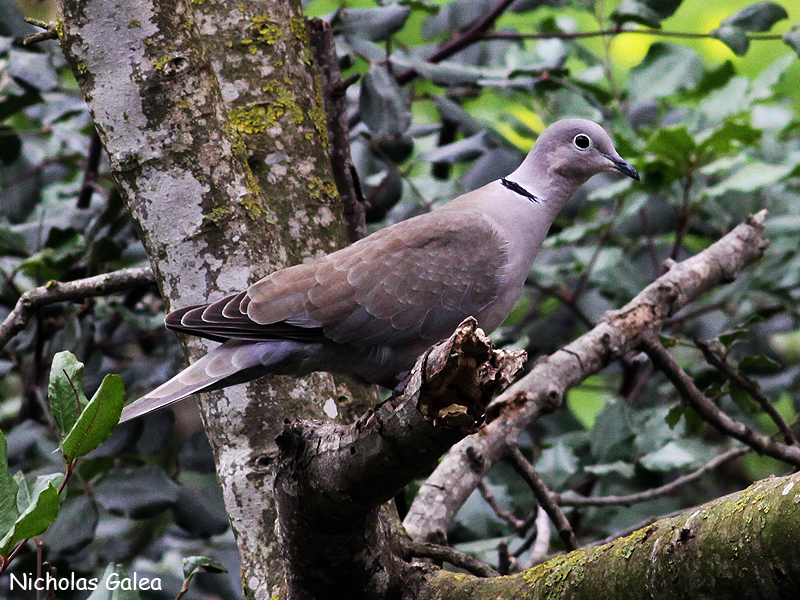 |
Adult Collared Dove, Santa Maria Estate |
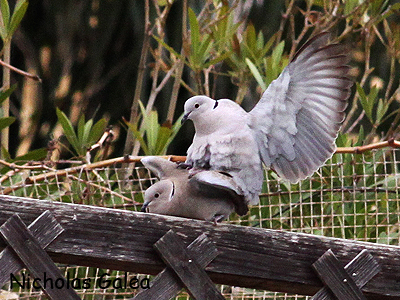 |
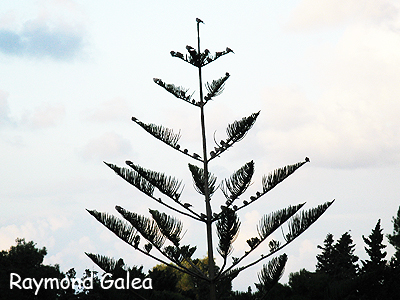 |
| Mating Collared Doves, Santa Maria Estate | Collared Doves, Santa Maria Estate |
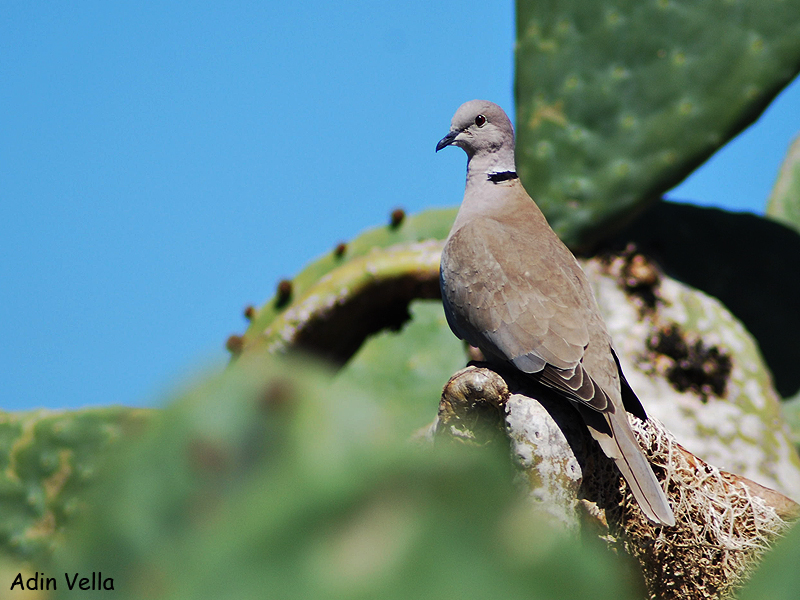 |
Adult Collared Dove, Comino |
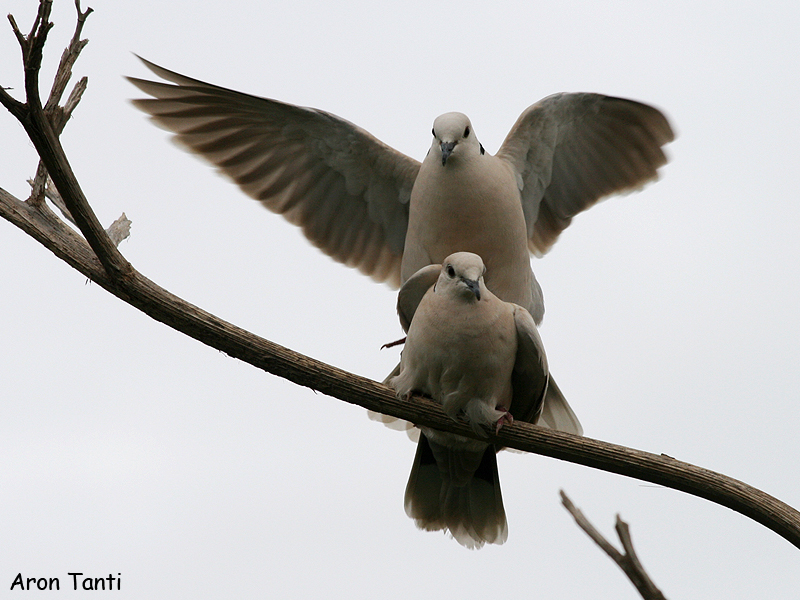 |
Mating Collared Doves, Pembroke |
Back to Bird Species List